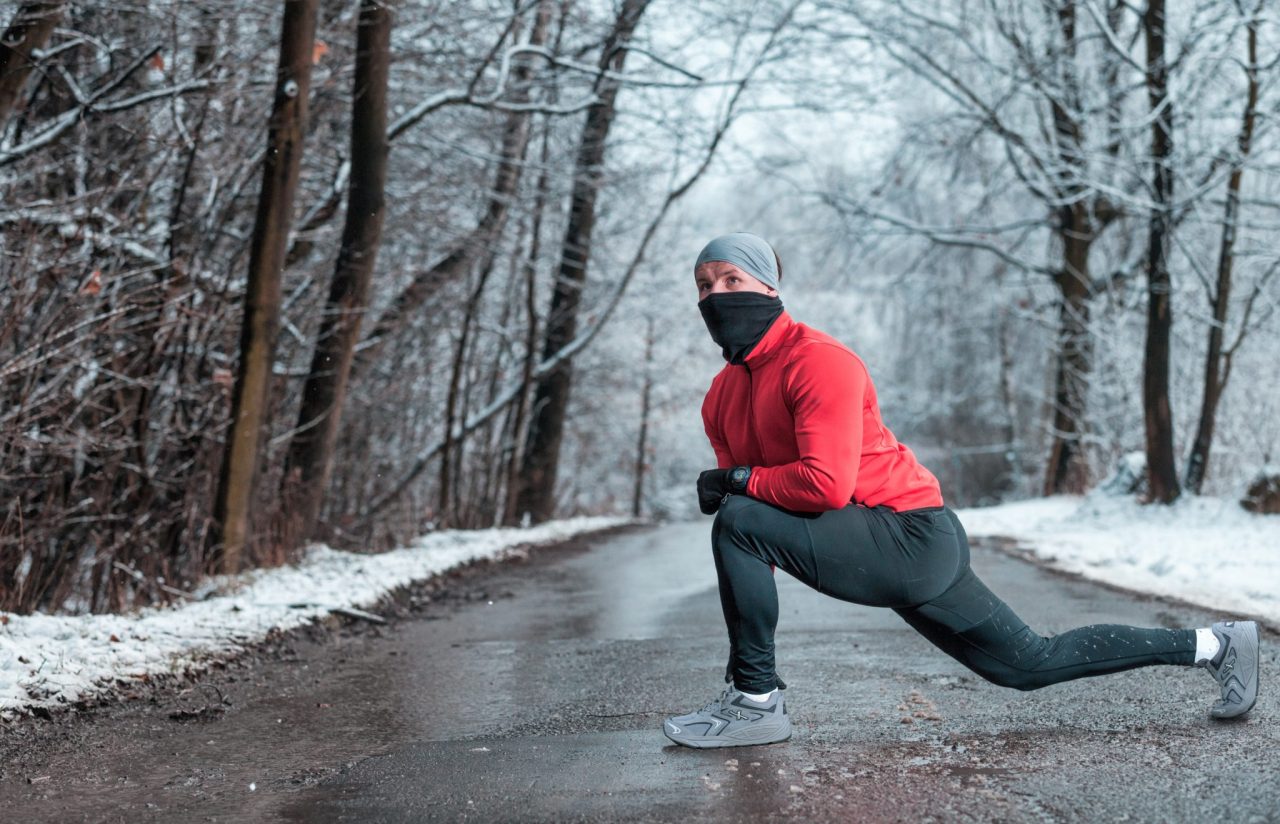With so many kinds of running shoes on the market, it can be difficult to find a pair that is right for you. Everyone has their own style of running, which means it’s important to find a shoe that fits your style for maximum comfort and support. Two of the main special shoes on the market aimed at adjusting your support are stability and motion control shoes. Not every runner needs a specialty shoe, but it can make all the difference for runners who do. In this blog, we’re going to go over the two shoes, as well as the similarities and differences between them, so you can decide which is right for you.
Stability shoes are designed for runners who have flat feet, or overpronate, which is when the ankle rolls too far inward when running. They are designed to correct this by having extra support in the midsole, or arch area, in order to help runner’s feet stay in a neutral position. The technology used to provide this support is often referred to a medial post, and while this added stability can help prevent overpronation, they can be heavier compared to neutral shoes.
Similar to stability shoes, motion control shoes have extra support, except they are designed for runners who severely overpronate. With added-support in the arch and heel area of the shoe, motion control shoes limit excessive foot motion, and are even less flexible than stability shoes. Since motion control shoes limit motion, they are heavier and very durable as there is more correction needed than with a stability shoe.
Neutral running shoes account for a small amount of pronation, which is what the average runner would experience. They are designed for the ideal running stride, and move with a runner’s feet flexibly, without any stabilizing design. Without the medial post stability and motion control shoes have, neutral shoes tend to be lighter.
The main similarity between stability and motion control shoes is that they are both trying to correct the same problem (overpronation) except to different degrees. They both are designed for people with overpronation or flat feet to avoid future injuries.
As mentioned above, the difference between the two shoes is that they correct overpronation to different degrees. Stability shoes are better for runners who have slight overpronation, while motion control shoes are for more serious pronation.
In addition to the difference in support, stability shoes tend to be lighter, as there isn’t as much weight from the added support in the shoe.
Xelero shoes actually systemically combines stability and motion control designs to provide a shoe that corrects for pronation as well as supination (the outward rolling of the ankle). The supremacy of Xelero engineering actually comes from the design’s “Propulsion Element” which cradles the rear foot on both the Medial and Lateral sides.
With Xelero motion control shoes, you will walk easier, and stay on your feet longer with less pain, whether that means helping you live a healthier and more active lifestyle, or getting you back training quicker while overcoming an injury.







By submitting you agree to sign up for marketing emails from Xelero Shoes. Offer applies to first-time sign-ups only.